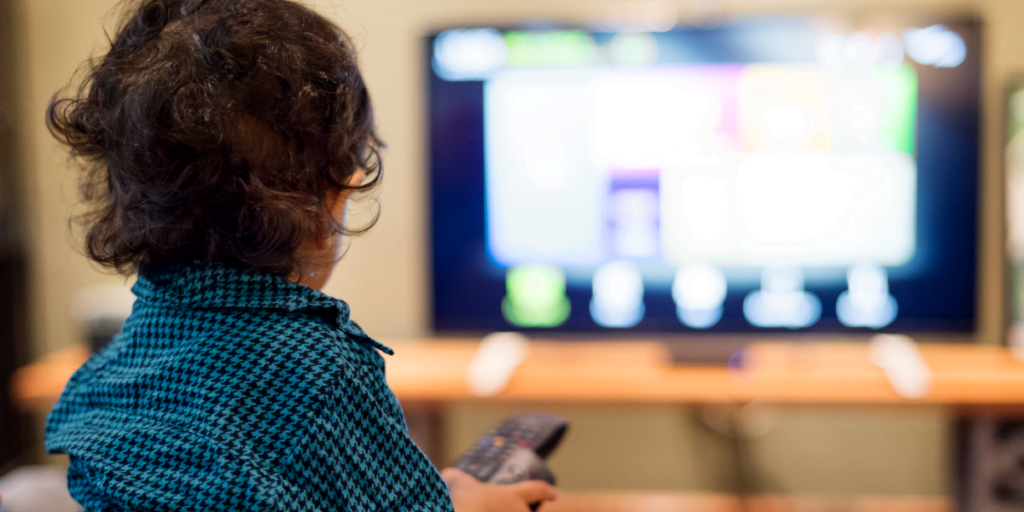In today’s world of misinformation, it’s important for children to understand the importance of reliable sources and how to spot the truth. Fake news has become a major issue for children, so it’s critical for them to know how to identify reliable sources and websites and how to make sure they are not being misled by unreliable sources. In this blog, we will define reliable sources, explain their importance, and discuss the impact of fake news on children. We will also provide tips and reputable websites to help children learn to spot the truth and make sure they are not being misled.
Download and Start Your Free Trial of the Safes Parental Control App
Understanding Reliable Sources
As the world becomes increasingly complex, it’s more important than ever to teach children how to differentiate between reliable and unreliable sources of information. Teaching children the basics of understanding reliable sources and how to spot the truth is a great way to arm them with the skills they need to become informed, independent thinkers and responsible citizens.
Definition of Reliable Sources
The definition of a reliable source is “a source that provides a thorough, well-reasoned theory, argument, discussion, etc. based on strong evidence.” Fake news is false information or propaganda spread through traditional print and broadcast news media or online social media. Fake news is often created to mislead people and can have serious consequences if not identified and addressed.
Importance of Reliable Sources and Its Impact on Children
Reliable sources are essential in helping children understand the world around them and make sense of the information they encounter. It’s important for children to learn how to identify reliable sources and how to differentiate between reliable and fake news. Fake news can have a damaging impact on children, as it can lead to confusion, fear, and potentially dangerous decisions.
What Makes an Article Credible or a Source Reliable?
When teaching children how to spot reliable sources, the first step is to discuss what makes a source reliable. Credibility, accuracy, and transparency are all key factors in determining whether or not a source is reliable. Explain to children that credible sources and websites should be reputable, based on facts and evidence, and be open and honest with its audience.

Different Types of Sources
There are three main types of sources: primary sources, secondary sources, and tertiary sources.
- Primary sources are the most reliable sources of information, as they are based on first-hand accounts or data. Examples include personal interviews, original documents, and scientific studies.
- Secondary sources are based on primary sources and provide context and analysis, such as newspaper articles and biographies.
- Tertiary sources are based on secondary sources and provide an overview of the topic, such as encyclopedias and textbooks.
Reliable Sources Examples
Help children identify reliable sources by providing examples they can use. 10 examples of reliable sources include:
|
Academic Journals Government Websites News Outlets Professional Associations Research Institutions |
Recognizing Fake News
It’s our duty to help children develop the skills to spot the truth and understand their role in stopping the spread of false news. Here, we discuss what fake news is, how it spreads quickly, and how to identify and stop it.
What is Fake News?
Fake news is false information that is deliberately created and spread to mislead people. It can take the form of articles, videos, memes, and other content that is designed to look like real news. Fake news can be damaging, so it’s important to be able to recognize and stop it before it spreads.
How Does Fake News Spread?
Fake news spreads quickly and easily through social media and other online platforms. This can happen when people share or retweet false information without verifying the source or checking for accuracy. Fake news can also be spread through email, text messages, and other forms of digital communication.

Preventing False Information Exposure
Since social media is getting more attainable, even for kids, preventing exposure to fake information is crucial. One solution is to talk about it and enlighten your child on the dangers of fake news. To be completely sure of your child’s safety, you can use a parental control app like Safes. Safes offers many features to prevent your child from getting exposed to inappropriate content. You can use website content filtering to block your kid from visiting unreliable sources and get an activity report of the visited websites. It’s also possible to manage the different content that your child consumes by setting different limits via the Safes app. You can download the free app for Android and iOS, but also for Windows and macOS devices.
Identifying Fake News
To identify fake news, it’s important to check the source of the information and verify its accuracy. Cross-checking with multiple sources can help determine if the information is true or false. It’s also important to look for bias or propaganda in articles, as these can be signs that the information is false.
Harmful Examples of Fake News
Fake news stories can have serious consequences, especially when they go viral. Except for these three examples of fake news, once a myth falsely claimed that the measles, mumps, and rubella (MMR) vaccine caused autism in children. This story spread quickly and caused many parents to be wary of this vaccine, leading to a decrease in vaccinations and an increase in disease. Later UNICEF fact-checked this and proved otherwise.
Teaching Children About Reliable Sources & Fake News
First, it’s important to explain to your children that if they encounter a story that seems too good to be true, it might just be. Encourage them to research the source of the information and to verify any claims made before believing it.
Teach your children how to recognize and identify bias and propaganda. Show them examples of different types of media, such as newspaper articles and radio broadcasts, and discuss how different sources may present different perspectives. The more you develop their critical thinking by examples, the more they will be able to distinguish real from fake information.
Examples of Resources to Teach Children About Reliable Sources and Fake News
There are a variety of resources available to help parents teach children about reliable sources and fake news. From online quizzes to videos, there’s something to suit every learning style. Show your children examples of these resources and encourage them to explore them on their own.
- Educational websites: There are many educational websites that can help teach your children about reliable sources and fake news. For example, News Literacy Project provides resources to help children and teens understand news sources, recognize false information, and develop critical thinking skills.
- Videos and podcasts: There are also many videos and podcasts that can help children learn more about reliable sources and fake news. For example, the New York Times video series “The Real News” can help children understand how to recognize and evaluate news sources.
- Books: Reading books on the topic can also be a great way to teach your children about reliable sources and fake news. Check out books like “, “True or False: A CIA Analyst’s Guide to Spotting Fake News”, or this list for more suggestions.

Staying Informed and Vigilant
As parents, it’s crucial to discuss the importance of staying informed and provide your children with tips on how to avoid misinformation and fake news. Here are a few tips to help guide the conversation:
- Encourage kids to fact-check sources before believing something they read or hear.
- Remind them to only use reliable sources for news and information.
- Have them look for multiple sources to confirm the accuracy of a story.
- Explain the importance of being skeptical of a story if it doesn’t seem to add up.
Finally, it’s important to encourage your children to be vigilant and responsible consumers of information. Remind them that it’s up to them to question stories and be sure that what they’re reading is true.
Conclusion
Parents should be aware of the dangers of fake news and the importance of teaching their children about reliable sources and how to spot the truth. With these tips in mind, your kids can be better equipped to make good decisions when it comes to current events and stay informed and vigilant in the age of misinformation.
Your Child’s Online Safety Starts Here
Every parent today needs a solution to manage screen time and keep their child safe online.
Without the right tools, digital risks and excessive screen time can impact children's well-being. Safes helps parents set healthy boundaries, monitor activity, and protect kids from online dangers—all with an easy-to-use app.
Take control of your child’s digital world. Learn more about Safes or download the app to start your free trial today!



